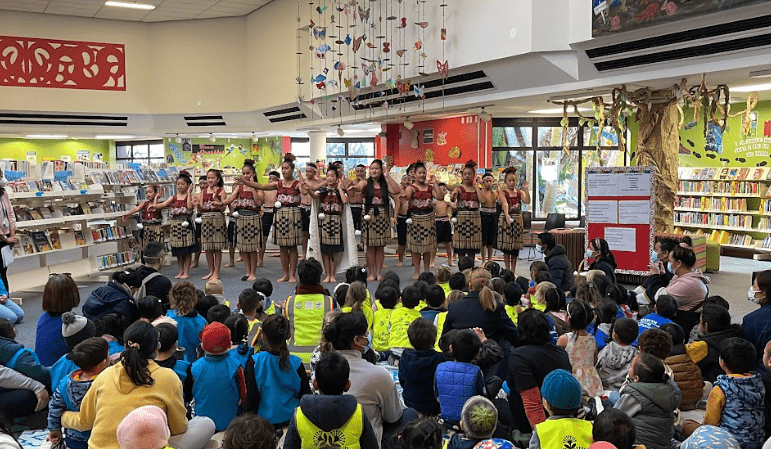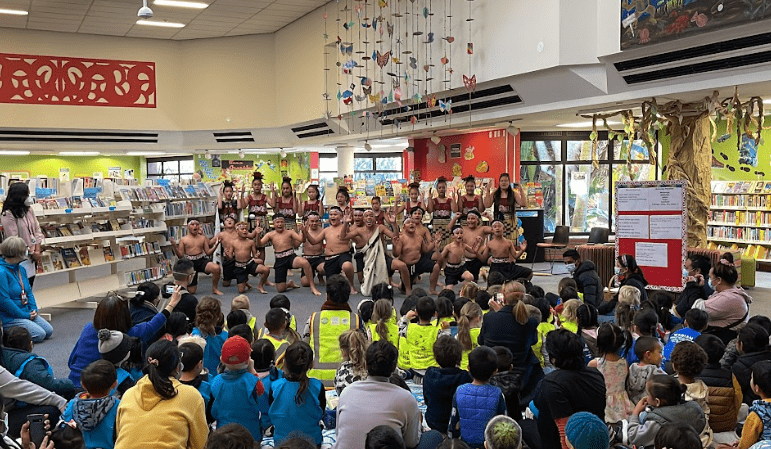LI: To keep our reading going during the school holidays.

The focus on the RFE holiday challenge was to keep students in LS2 to continue with their reading in the time off school.
This holiday programme consisted of reading different books and completing challenges we (Chisa, Farzana, Bella, Te Raumati, Santana, & David) have created for them to complete. The challenge is based on three different activities they could do (e.g. they can do the simple, neutral, or a level a bit higher) and gain a certain amount of points for each activity completed. For example, if I had completed the neutral activity and the hardest activity for day 1, I would gain 3 points + 5 points which would total to 8 points.
The reward for keeping their reading going for their holidays was, if the readers had completed ⅔ activities for 3 days, they were able to have a special lunchtime at school. We (Chisa and Farzana) had run the programme throughout the holidays, gave feedback, collected data and added the points.
Farzana and I looked at the finished work sheet and gave a lot of feedback to the people who participated. We made sure to look at their work properly, give constructive criticism, asked questions and made connections with the activities they had completed. Each day, we were very impressed with the amount of work done and seeing the consistency of the work.
When the holidays had passed and we were back at school, we totalled the points of people who contributed to the reading challenges and found out who had won the top three places. The readers who had the highest points would win special prizes.
During this time, I found it interesting, and hard to give students feedback without repeating the same feedback. One thing I noticed about this RFE holiday challenge was how we should’ve made the instructions more clearer, as students didn’t read a variety of books but only had 2-3 books type of texts, to complete all the activities.


